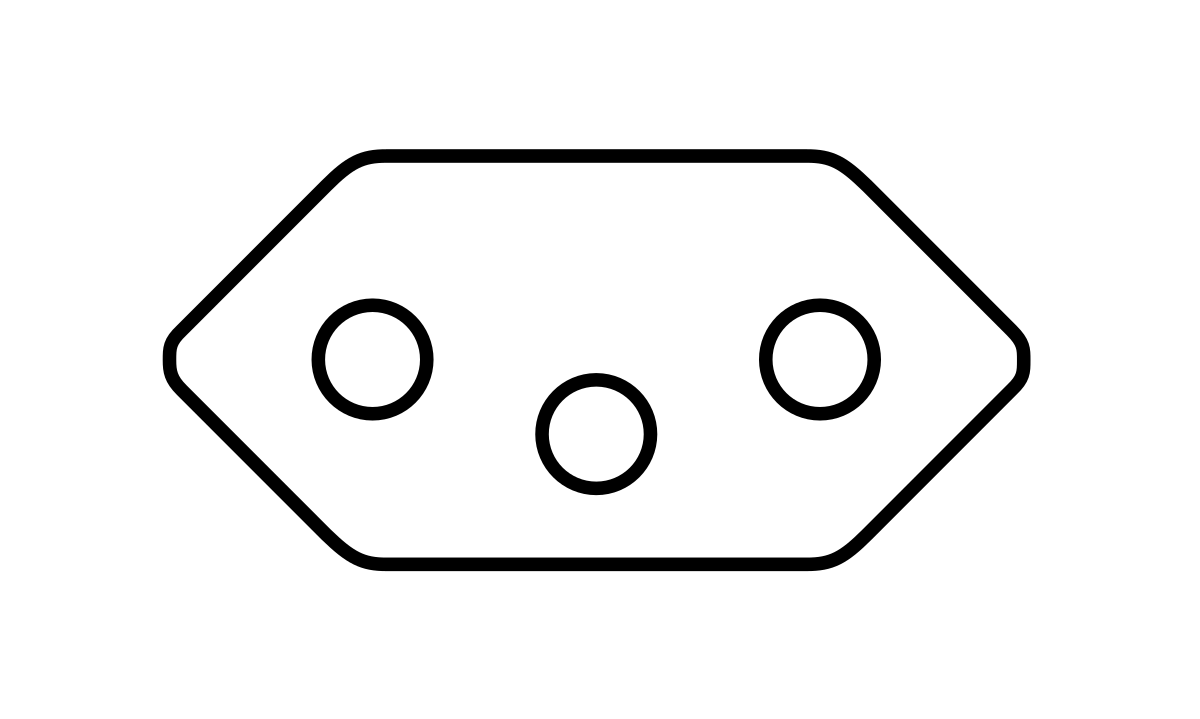TheLostSwede
News Editor
- Joined
- Nov 11, 2004
- Messages
- 18,553 (2.48/day)
- Location
- Sweden
| System Name | Overlord Mk MLI |
|---|---|
| Processor | AMD Ryzen 7 7800X3D |
| Motherboard | Gigabyte X670E Aorus Master |
| Cooling | Noctua NH-D15 SE with offsets |
| Memory | 32GB Team T-Create Expert DDR5 6000 MHz @ CL30-34-34-68 |
| Video Card(s) | Gainward GeForce RTX 4080 Phantom GS |
| Storage | 1TB Solidigm P44 Pro, 2 TB Corsair MP600 Pro, 2TB Kingston KC3000 |
| Display(s) | Acer XV272K LVbmiipruzx 4K@160Hz |
| Case | Fractal Design Torrent Compact |
| Audio Device(s) | Corsair Virtuoso SE |
| Power Supply | be quiet! Pure Power 12 M 850 W |
| Mouse | Logitech G502 Lightspeed |
| Keyboard | Corsair K70 Max |
| Software | Windows 10 Pro |
| Benchmark Scores | https://valid.x86.fr/yfsd9w |
Actually, it has nothing to do with the Swiss plug, as the Swiss plug is larger than the Europlug and a different shape, as you should know.Schuko is not the acknowledged euro technically ... but the Swiss 2 pronged T11 (no ground prong) is considered as EU plug by almost every international sellers XD hilarious eh?
mainly because it fit in Schuko socket (some Schuko also have a compatible ground hole for the T12, i noticed it in Spain) and also Italian socket are almost the same, although the T13 (ground) will not fit in grounded Italian socket
Type C is Europlug and not really different than Type J which is the Swiss T11/12/23 (the Swiss T11 is actually a Type C) or Type L from Italy
View attachment 225917
the Schuko Type F and E are often intercompatible even with different grounding, the male plug quite often feature the 2 type of grounding
also yeah UK plug is the most secure of all (well, were i live at least, we technically don't really need fuses in our plug ... nothing ever really happen at the plug... the circuit breaker/fusebox will always shut the current before that ) and all the other are bulky without reasons ... (aside US/ITA/CH/EUP)
edit, in Switzerland if an appliance has a shucko, most retailer/etailer will ship an adapter with them (luckily since they cost around 10chf on average price)
The Europlug is called so because it works in all the European countries, except UK and Ireland, since it can be fitted within the shape of the Schuko, the French, the Italian (which is somewhat wrong in your picture), the Swiss and the Danish (yes, Denmark decided to make their own socket) sockets, plus the older ungrounded pre Schuko sockets used in many European countries and even Russia has a version of those.
The Europlug is limited to 2.5A, due to not being grounded, nor double isolated. These are also always moulded onto the wire and you're not allowed to change the plugs.
If you want more than 2.5A, you need to use a CEE 7/17 plug, which won't work in Switzerland.
Technically speaking, the European standard was supposed to be IEC 60906-1, but so far the only country that is using it is South Africa, although Brazil made a variant of it as well.
It is similar, but not the same as the Swiss 10 A socket/plug.

IEC 60906-1 - Wikipedia
Last edited:







 Only later did I realize how crappy it sounded. With better mp3 players and bigger storage, I started using 256 kbps. Nowadays I'd say 192 kbps is the bare minimum, 256 is OK, 320 is the best practice. If some music really grabs me, I try to get it in flac, though I have to use my headphones at high volume to notice any difference - and even then, it's not much.
Only later did I realize how crappy it sounded. With better mp3 players and bigger storage, I started using 256 kbps. Nowadays I'd say 192 kbps is the bare minimum, 256 is OK, 320 is the best practice. If some music really grabs me, I try to get it in flac, though I have to use my headphones at high volume to notice any difference - and even then, it's not much.



